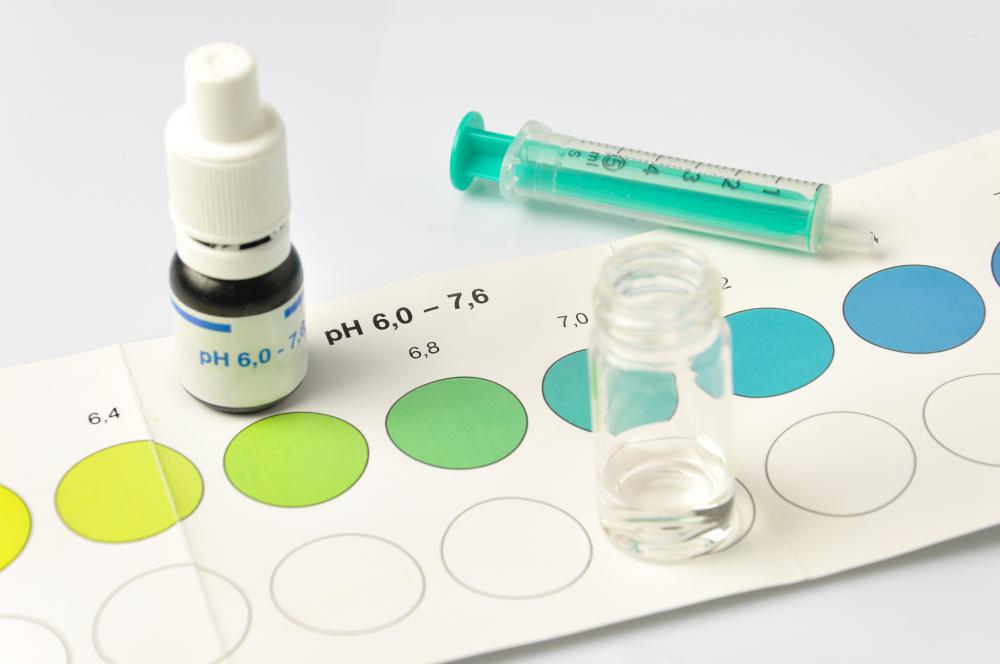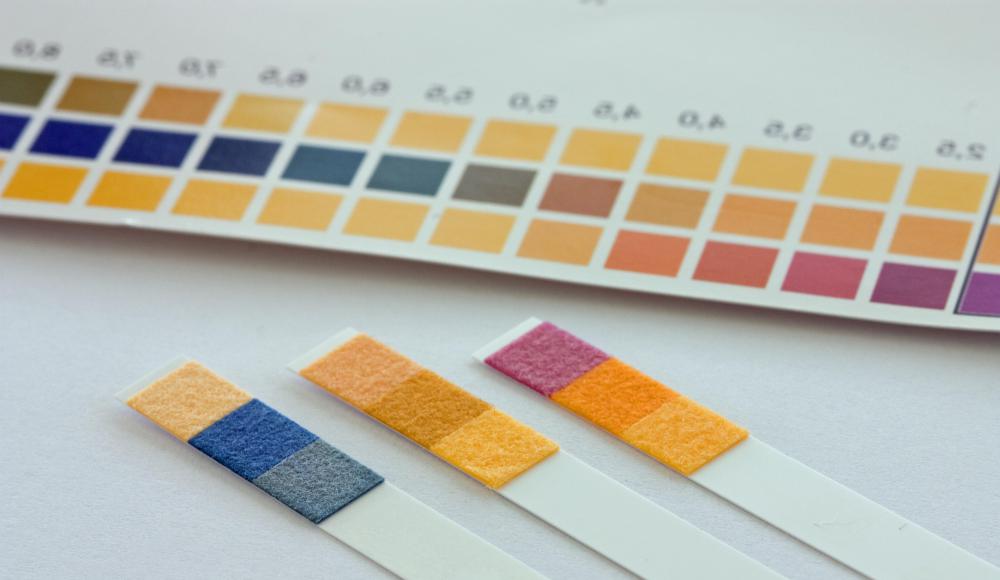At HomeQuestionsAnswered, we're committed to delivering accurate, trustworthy information. Our expert-authored content is rigorously fact-checked and sourced from credible authorities. Discover how we uphold the highest standards in providing you with reliable knowledge.
How do I Treat Alkaline Soil?
The presence of alkaline soil is best determined by submitting a sample for laboratory pH testing. There are several long-term and seasonal treatments for alkaline soil. The addition of a fertilizer containing ammonia and nitrogen may help lower the soil’s pH level over a period of several years. Elemental sulfur, iron sulfate, or a liquid acidifier can also provide a good short-term treatment for alkaline soil.
Most plant varieties grow best in soils with a neutral or low pH level. Soils with a high pH level are considered alkaline. It is best to have the soil tested for acidity before beginning any treatment program. Most local agricultural extension services offer inexpensive kits to test for alkaline soil. If the soil is found to have high pH levels, a long-term solution should be implemented along with a short-term treatment program.

Adding an ammonia-based fertilizer to the soil will increase its acidity over time. The nitrogen found in ammonia-based formulas will effectively lower the pH levels when used regularly. This alkaline soil treatment method works especially well in warmer climates. Be careful not to add too much fertilizer because rainwater runoff can contaminate nearby streams and lakes. Excessive fertilizer use may also raise the soil’s salt level and kill the plants.

There are several short-term treatments that can temporarily improve alkaline soil. Elemental sulfur may be added to the soil during fall planting preparations to provide seasonal benefits. This substance is typically spread on top of the soil and tilled to a depth of 6 inches (15 cm). A soil test is usually required to determine the correct application rate. Elemental sulfur dissolves slowly over time to reduce the soil’s pH level.

Iron sulfate is used to quickly increase soil acidity prior to planting. It must be watered frequently after application. A soil test is required to determine the exact amount needed. A liquid acidifier may be applied to the soil while growing plants are present. This treatment must be applied at regular intervals to increase acidity during the growing season.
AS FEATURED ON:
AS FEATURED ON:














Discuss this Article
Post your comments